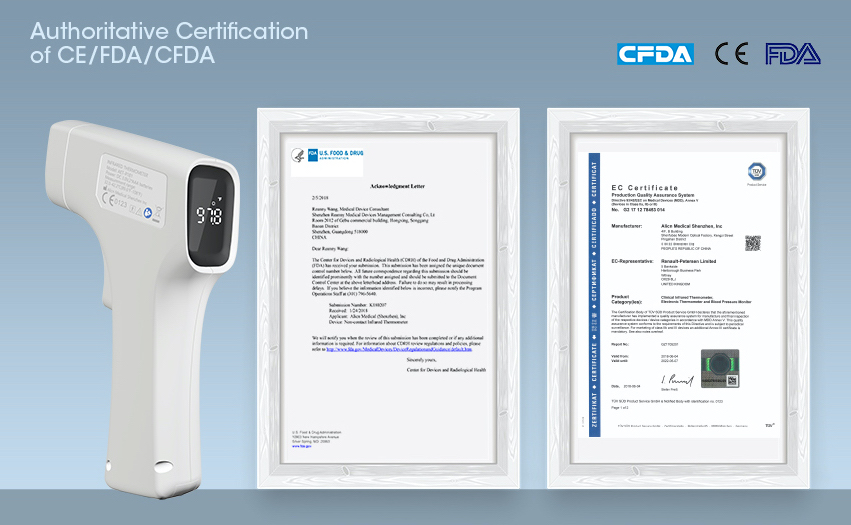

It also found that patients who had been treated with silver dressings had a faster wound closure compared with patients who had been treated with non-silver dressings. A 2014 data set from a recent meta-analysis concluded that the use of silver dressings improves healing time, and can lead to overall cost savings compared with treatment with non-silver dressings. A 2017 meta-analysis of clinical studies over the period of 2000–2015 concluded that "the evidence base for silver in wound management is significantly better than perceived in the current scientific debate" and that, if applied selectively and for short periods of time, silver has antimicrobial effects, produces an improvement in quality of life and shows good cost-effectiveness. Dressings Ī 2018 Cochrane review found that silver-containing dressings may increase the probability of healing for venous leg ulcers. The US Food and Drug Administration (FDA) approved a number of topical preparations of silver sulfadiazine for treatment of second-degree and third-degree burns. It is on the World Health Organization's List of Essential Medicines. However systemic reviews in 2014, 20 concluded that more modern treatments, both with and without silver, show better results for wound healing and infection-prevention than silver sulfadiazine, and therefore SSD is no longer generally recommended. It was discovered in the 1960s, and was the standard topical antimicrobial for burn wounds for decades.
#510k database full#
Silver sulfadiazine (SSD) is a topical antibiotic used in partial thickness and full thickness burns to prevent infection. Thus dead bacteria may be the source of silver that may kill additional bacteria. Silver, used as a topical antiseptic, is incorporated by bacteria it kills. The antibacterial action of electrodes coated with silver nanostructures is greatly improved in the presence of an electric field. Applying an electric current across silver electrodes enhances antibiotic action at the anode, likely due to the release of silver into the bacterial culture. The antibacterial action of silver has long been known to be enhanced by the presence of an electric field. ) to irreversibly damage key enzyme systems in the cell membranes of pathogens. The effectiveness of silver compounds as an antiseptic is based on the ability of the biologically active silver ion ( Ag + The antibacterial action of silver is dependent on the silver ion. Silver and most silver compounds have an oligodynamic effect and are toxic for bacteria, algae, and fungi in vitro. 5.1 Fraudulent products marketed during the COVID-19 outbreak.


 0 kommentar(er)
0 kommentar(er)
